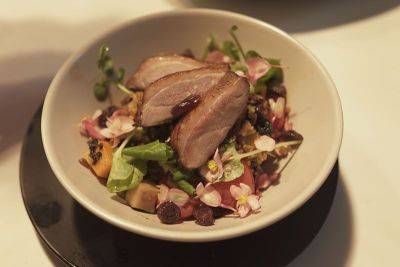Manyaman, masarap, delicious
The popular Ambeth Ocampo is known as a public historian and the editorial page columnist of the longest running column on history. An author of numerous bestselling titles from Rizal Without the Overcoat to Cabinet of Curiosities: History of Philippine Artifacts, his latest is a slim book that is of special interest to me with Kapampangan roots as my mother, herself an excellent cook, Josefina Sicangco Cruz hailed from Angeles. It was nostalgic and mouthwatering reading, Ocampo’s most recent title, Manyaman: Food in Pampango Culture, Anvil Publishing, 2024. (“Manyaman” means “masarap,” delicious.)
While it seemed logical and a companion book to “The Ultimate Filipino Adobo: Stories plus Recipes from the Heart” by Claude Tayag which I wrote about in my last column, Ocampo’s approach is very different. His is neither a cookbook nor a recipe book. In keeping with his scholarly orientation and interest, his is one of interesting narratives on Kapampangan food as part of culture. Food for special occasions, Daily Food,Commercial Food are discussed.
Growing from his BA thesis, this book is of personal significance to Ocampo because it is a record of his beginnings as a historian and researcher in Philippine culture. Perhaps, of greater significance to him because it “documents how a school requirement led to the rediscovery of my father’s Kapampangan culture that I belatedly but wholeheartedly adopted as my own.”
Daily Food or what food scholar Mariano Henson terms the “Poor Man’s Menu” covers everyday food of the Pampango, no matter his social or income level. The fare is the same, varying only in the quality and quantity of food, said to be dependent on economic rather than culinary reasons. An example given is the porridge which would taste the same, except that one would have more chicken or sahog (other ingredients), while the humbler version would have more rice.
The section on the Pampango cook – legendary and essential for the lavish feasts of the affluent families long before commercial catering entered the scene – recreates the milieu of those good old days before agrarian unrest and the Huks’ critical attitude towards the ways of the feudal system changed




